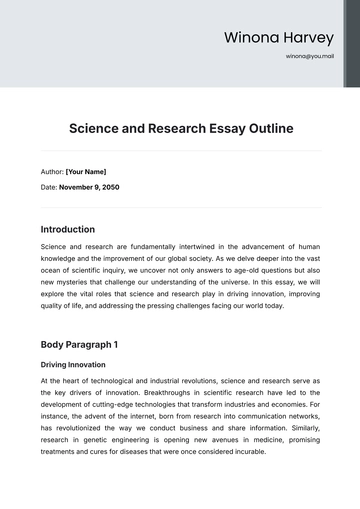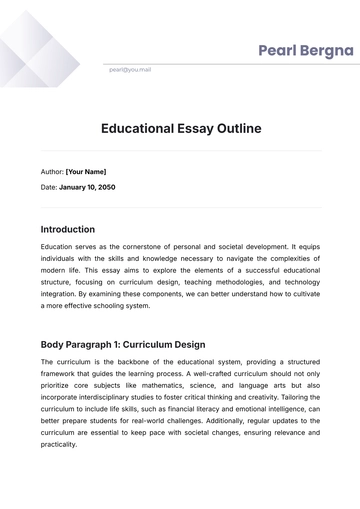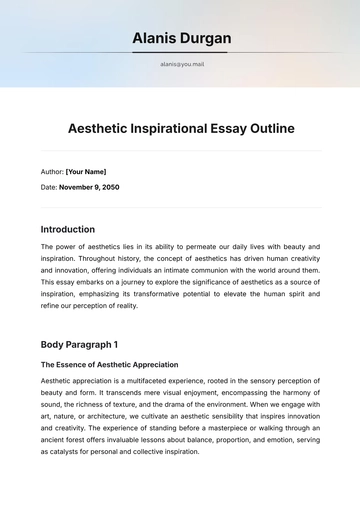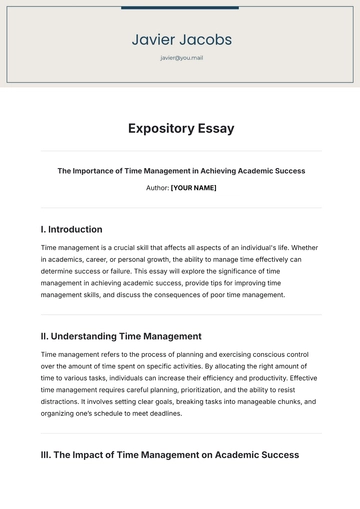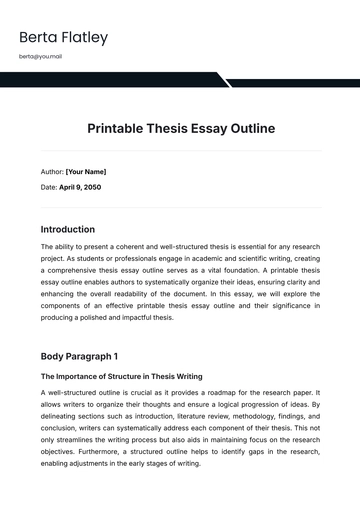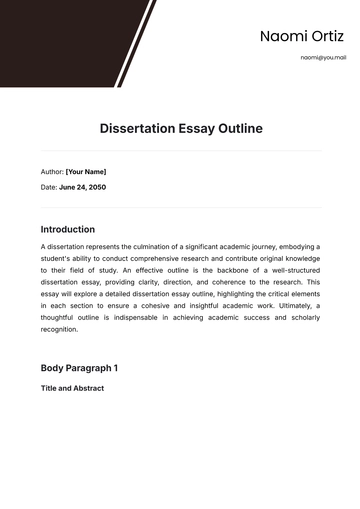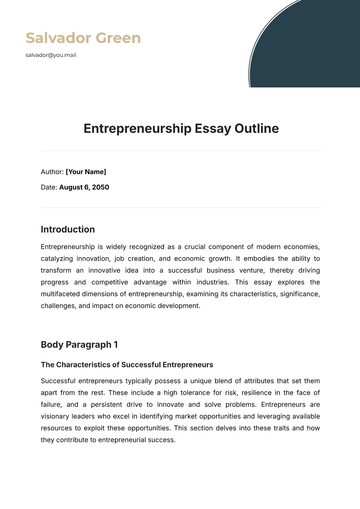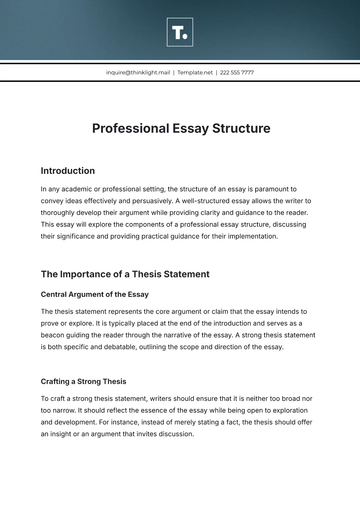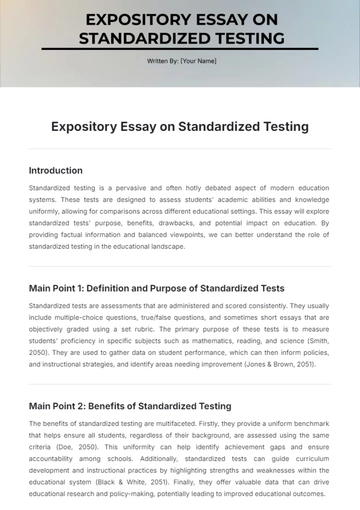Free Apprenticeships Expository Essay
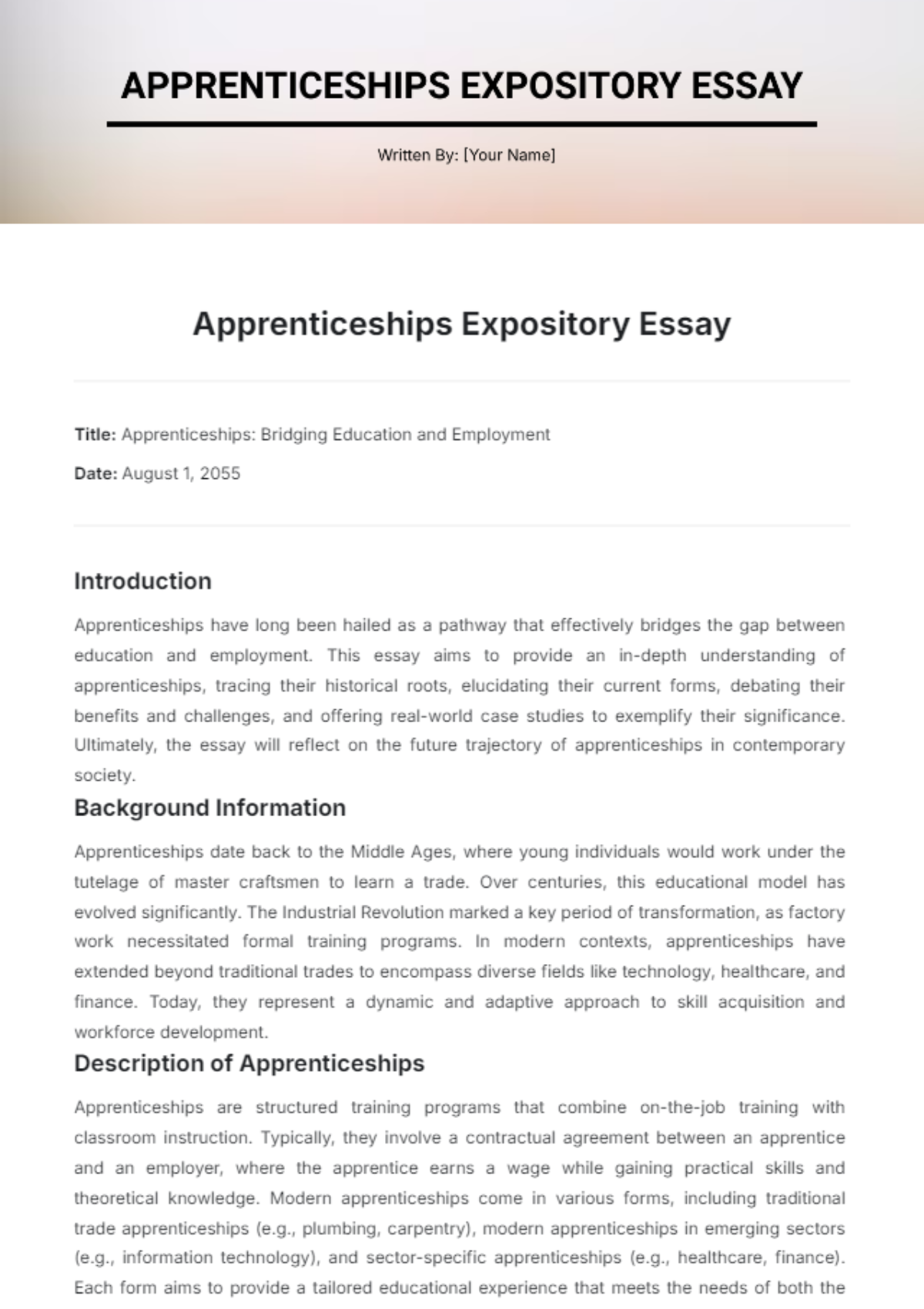
Title: Apprenticeships: Bridging Education and Employment
Date: August 1, 2055
Introduction
Apprenticeships have long been hailed as a pathway that effectively bridges the gap between education and employment. This essay aims to provide an in-depth understanding of apprenticeships, tracing their historical roots, elucidating their current forms, debating their benefits and challenges, and offering real-world case studies to exemplify their significance. Ultimately, the essay will reflect on the future trajectory of apprenticeships in contemporary society.
Background Information
Apprenticeships date back to the Middle Ages, where young individuals would work under the tutelage of master craftsmen to learn a trade. Over centuries, this educational model has evolved significantly. The Industrial Revolution marked a key period of transformation, as factory work necessitated formal training programs. In modern contexts, apprenticeships have extended beyond traditional trades to encompass diverse fields like technology, healthcare, and finance. Today, they represent a dynamic and adaptive approach to skill acquisition and workforce development.
Description of Apprenticeships
Apprenticeships are structured training programs that combine on-the-job training with classroom instruction. Typically, they involve a contractual agreement between an apprentice and an employer, where the apprentice earns a wage while gaining practical skills and theoretical knowledge. Modern apprenticeships come in various forms, including traditional trade apprenticeships (e.g., plumbing, carpentry), modern apprenticeships in emerging sectors (e.g., information technology), and sector-specific apprenticeships (e.g., healthcare, finance). Each form aims to provide a tailored educational experience that meets the needs of both the apprentice and the industry.
Benefits of Apprenticeships
Apprenticeships offer substantial benefits across the board. For apprentices, they provide a pragmatic pathway to acquiring skills, earning an income, and securing employment opportunities. Employers benefit from a pipeline of skilled labor tailored to their specific needs, reducing recruitment and training costs. Additionally, apprenticeships contribute to the broader economy by addressing skill shortages, enhancing workforce productivity, and fostering innovation. They serve as a critical bridge between theoretical education and practical application, ensuring that industries remain competitive and resilient.
Challenges and Criticisms
Despite their advantages, apprenticeships are not without challenges. One major criticism is that access to high-quality apprenticeships can be unequal, often limited by socioeconomic factors. Some industries may also face difficulties in providing comprehensive training due to resource constraints. Moreover, apprenticeships may not always offer a broad educational foundation, potentially limiting career mobility for participants. Lastly, there is a persistent stigma that apprenticeships are less prestigious compared to traditional academic pathways, which can influence career choices and societal perceptions.
Case Studies or Examples
Several successful apprenticeship programs illustrate the model's efficacy. For instance, in Germany, the dual education system integrates apprenticeships into secondary education, resulting in low youth unemployment rates and a highly skilled workforce. In the United States, companies like Boeing have instituted robust apprenticeship programs in aerospace manufacturing, yielding high retention rates and efficient talent cultivation. These case studies underscore the versatility and impact of well-implemented apprenticeship schemes.
Conclusion
In summary, apprenticeships represent a versatile and beneficial approach to education and workforce development. While they present certain challenges, the tangible benefits for apprentices, employers, and the economy at large are compelling. As industries continue to evolve and new sectors emerge, apprenticeships will likely play an increasingly vital role in preparing a skilled and adaptable workforce. Future efforts should focus on expanding access, improving quality, and shifting societal perceptions to fully realize the potential of apprenticeships.
References
Smith, J. (2050). The History and Evolution of Apprenticeships. Journal of Vocational Education, 45(3), 123-145.
Johnson, L. (2051). Modern Apprenticeships: Meeting the Needs of Today's Workforce. Industry and Higher Education, 33(2), 87-101.
Brown, A. (2052). Benefits and Challenges of Apprenticeships in the 21st Century. Economic Review, 29(4), 239-250.
Williams, G. (2053). Case Studies in Apprenticeship Success. Global Education Review, 41(1), 72-83.
- 100% Customizable, free editor
- Access 1 Million+ Templates, photo’s & graphics
- Download or share as a template
- Click and replace photos, graphics, text, backgrounds
- Resize, crop, AI write & more
- Access advanced editor
Dive into the world of hands-on learning with Template.net’s Apprenticeships Expository Essay Template. This editable and customizable template provides a clear structure for discussing the role of apprenticeships in career development. Fully editable in our AI Editor Tool, it allows you to adjust content to suit your unique insights or academic requirements. Perfect for students, educators, and professionals















